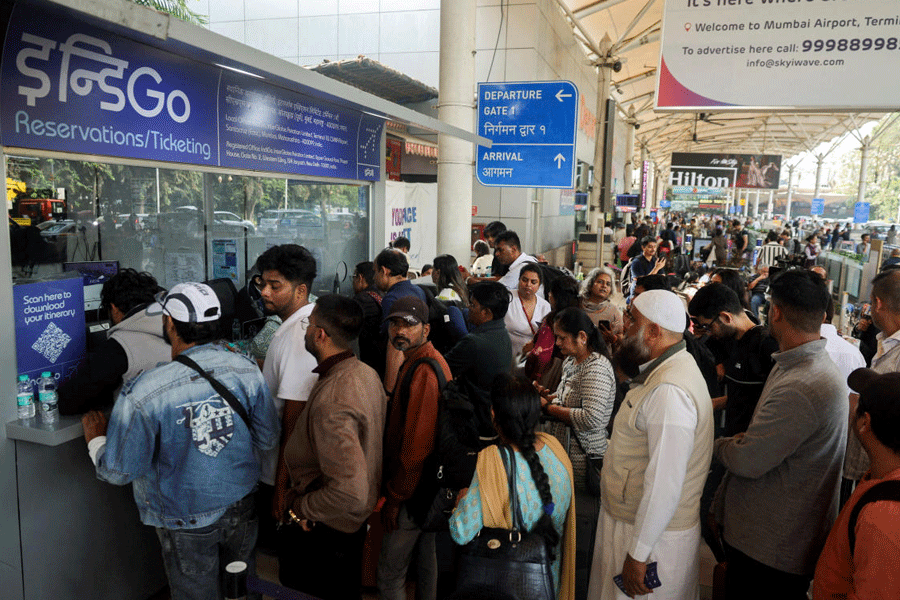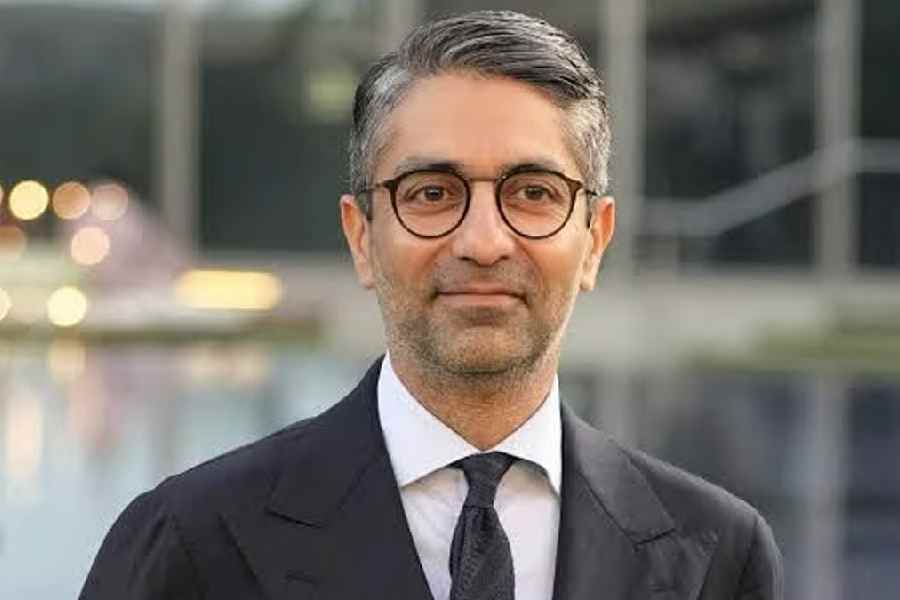 |
In 1983, the historian, Ranajit Guha, published Elementary Aspects of Peasant Insurgency in Colonial India. The publication of this book, together with the publication of the first volume of Subaltern Studies the previous year, is usually taken to mark the launching of Subaltern Studies as a distinctive school of the historiography of South Asia, one that grew to embrace an entire generation of historians and flourished for a good quarter of a century not just in India but all across the postcolonial world. In fact, Subaltern Studies had begun to grow already by the 1970s, and had its most productive period in the 1980s and 1990s. In the broadest possible terms, its project could be described as the study of the effects of colonialism on subaltern consciousness: effects that spanned the entire gamut from submission to collaboration to resistance. From our vantage today, it is difficult to imagine how the history of India in its colonial and nationalist periods, that is to say, between 1757 and 1947, could have been written without the foundational work of Ranajit Guha, Bernard Cohn, Michel Foucault and Edward Said.
To mark 30 years of the manifesto, Elementary Aspects, as well as Guha's 90th birthday this year, the Centre for the Study of Developing Societies recently hosted a two-day workshop and panel discussion on Subaltern Studies and its legacies, featuring some of the key members of this group, including Dipesh Chakrabarty, Gayatri Chakravorty Spivak, Gyanendra Pandey, Shahid Amin, Shail Mayaram, David Hardiman, Sumit Sarkar, Gyan Prakash and Susie Tharu. In their presentations and conversations over the two days, participating scholars attempted to not just return to Guha’s classic text, but also problematize what we understand in our own time by a category of subjectivity like ‘peasant’, a category of action like ‘insurgency’, and by a structural category like ‘colonial state’ or ‘postcolonial state’, both individually as well as in relation to one another.
Over time, the original framework of Subaltern Studies that rested rather solidly on the ideas of Karl Marx and Antonio Gramsci has been significantly reshaped by post-colonialism, feminist theory, post-structuralism, post-modernism, and, more recently, dalit studies and critical philology. Cumulatively, the historiographical discourse has moved on to such an extent that by about the end of the first decade of the 21st century, the core group decided to discontinue the publication of the Subaltern Studies volumes and declare the project closed.
Intense and animated deliberations on the original intent, the scholarly impact, the political import and the changing significance of Subaltern Studies were peppered with personal reminiscences of how members of the collective first met Guha in the 1970s and early 1980s, and how he became their mentor as well as the one to formally induct each of them into a cohort of sorts. In recounting their first meetings with Guha, these eminent scholars, now all in their sixties and seventies, seemed to return momentarily to their youths, to their student days before they had written any of their important books or trained another generation of their own students at universities in India and abroad. Their collective affection for and loyalty towards Guha, their singular intellectual parent, was palpable.
Gayatri Spivak at one point inadvertently referred to Shahid Amin, Gyan Pandey and Dipesh Chakrabarty as “these young men”, and then corrected herself, after a split-second, with a regretful “I guess we are all old now”. But it was clear that the friendship forged in youth among this unique group of thinkers and their bond with Ranajit Guha could not be so easily eroded by the advancing age of all parties, nor have stellar careers driven these individuals apart into enclaves of solitary splendour. The American historian of South Asia, David Ludden, has somewhere likened Subaltern Studies to a flock of birds flying in formation: a beautiful image, and an apt one.
Hardly a week before this event at the CSDS, I went to visit Santiniketan, in Bolpur near Calcutta. There one may wander on the campus of the Visva-Bharati University, established by Rabindranath Tagore in the early 20th century, watching the gently flowing waters of a canal, walking on unpaved paths of reddish earth, stopping to admire sculptures, murals and other installations by the great artists of the Bengal School that are on display everywhere, marvelling at how everyone rides bicycles — young and old, students and village-folk, men and women — and admiring the triumph of idea over nature that made such an institution possible in the first place.
The flowers of springtime run riot. The stars burn bright in the night sky. Gracious old bungalows — including one belonging to Amartya Sen, whose maternal grandfather, Kshitimohan Sen (1880-1960), had been close to Rabindranath and served as a vice-chancellor of Visva-Bharati University — squat sleepily behind gardens full of vegetables, flower beds and baby goats. Students at the art department, known as Kala Bhavana, lean their bicycles against stone benches and chat underneath sprawling trees. Cycle-rickshaws trundle about, hardly ever interrupted by a car, except for lumbering Ambassador taxis, amusingly painted bright yellow. People buy, sell and wear batik and kantha, and small markets and unassuming shops sell handicrafts, textiles, pottery and modest artwork at every corner. An enchantment seems to hang over the entire town, as though time had stopped circa 1955.
Santiniketan was the locus of an intellectual and artistic renaissance for more than half a century. In spite of the fact that Visva-Bharati is today facing all of the problems that the great Indian universities of yore confront, the residues of its original efflorescence still linger like a faint perfume in its charmed air. Conversations with the renowned artist, K.G. Subramanyan, now almost 90 years of age, and the art historian and curator, R. Sivakumar, head of Kala Bhavana, suggest an elusive but real continuity between the Tagorean world and our own. Subaltern Studies had no comparable home in a city, a particular university or even in any one country — it was dispersed at all times between India and England, Australia and the United States of America. Its coherence lay in the methods and ideologies of its practitioners and proponents, not in an institutional location. Unlike Santiniketan, it attracted and accommodated only scholars, that too historians: we do not really find poets, painters, sculptors or film-makers who identify themselves as ‘subalternists’.
Yet visiting the little campus town in Birbhum district in West Bengal, and watching for a few hours some of the best-known figures of Subaltern Studies talk to and think with one another, seemed like oddly similar experiences. (Both Santiniketan and Subaltern Studies were populated overwhelmingly by Bengalis, it has to be said.) On both occasions, one felt deeply moved by the creativity, the synergy, the ethical commitment, the curiosity, the inventiveness and the ties of teaching and learning across generations that made possible these extraordinarily productive communities, these oases of thought and practice that convey some sense of a term like ‘Arcadia’.
Where are these spaces for scholars and artists of my generation in this country? Can we boast of such affections and solidarities with teachers and colleagues, shared struggles to realize a different world that might be better, just a shade better than the circumstances in which we find ourselves? Who will we turn to, when we are old, to find on the aging but familiar faces of our friends the ideals of youth and the dreams of a new tomorrow? Hundreds of students flocked to CSDS on the rainy evening of February 15, to see the stalwarts of Subaltern Studies come together on stage for a couple of hours. What are we building that we may offer to the next generation — something to look up to, something to be proud of, something to come home to?










